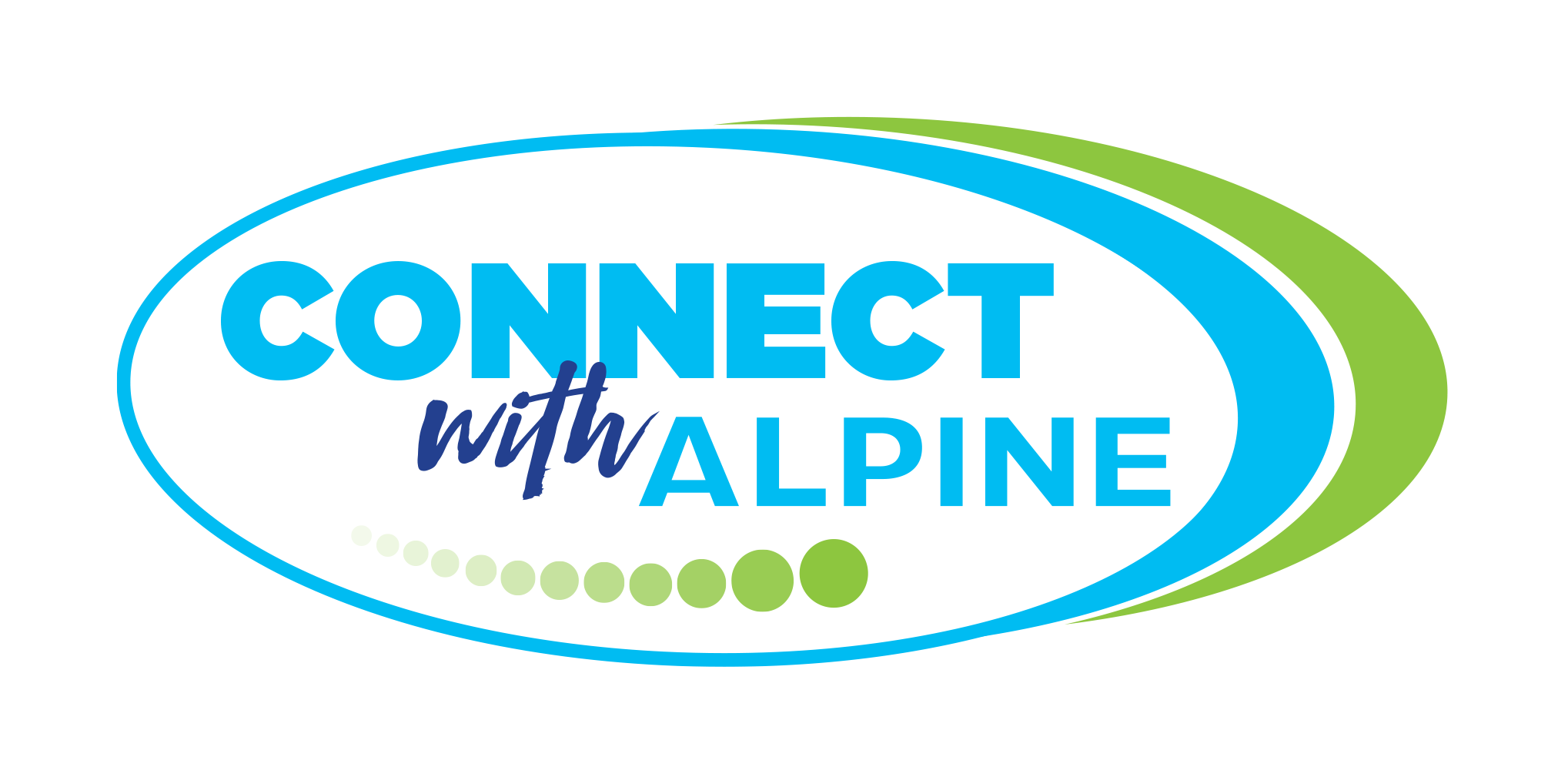Language Arts Essential Standards
Reading: Foundational Skills Standard 3 (RF.5.3)
Know and apply grade-level phonics and word analysis skills in decoding words.
- Use combined knowledge of all letter-sound correspondences, syllabication patterns, and morphology (e.g., roots and affixes) to read accurately unfamiliar multisyllabic words in context and out of context.
Reading: Foundational Skills Standard 4 (RF.5.4)
Read with sufficient accuracy and fluency to support comprehension.
- Read grade-level text with purpose and understanding.
- Read grade-level prose and poetry orally with accuracy, appropriate rate, and expression.
- Use context to confirm or self-correct word recognition and understanding, rereading as necessary.
Vocabulary: Language Standard 4 (L.5.4)
Determine or clarify the meaning of unknown and multiple-meaning words and phrases based on grade 5 reading and content, choosing flexibly from a range of strategies.
- Use context (e.g., cause/effect relationships and comparisons in text) as a clue to the meaning of a word or phrase.
- Use common, grade-appropriate Greek and Latin affixes and roots as clues to the meaning of a word (e.g., photograph, photosynthesis).
- Consult reference materials (e.g., dictionaries, glossaries, thesauruses), both print and digital, to find the pronunciation and determine or clarify the precise meaning of key words and phrases.
Reading: Literature Standard 1 (RL.5.1/RI.5.1)
Quote accurately from a text when explaining what the text says explicitly and when drawing inferences from the text.
Reading: Literature Standard 2 (RL.5.2)
Determine a theme of a story, drama, or poem from details in the text, including how characters in a story or drama respond to challenges or how the speaker in a poem reflects upon a topic; summarize the text.
Reading: Informational Text Standard 2 (RI.5.2)
Determine two or more main ideas of a text and explain how they are supported by key details; summarize the text.
Reading: Informational Text Standard 5 (RI.5.5)
Compare and contrast the overall structure (e.g., chronology, comparison, cause/effect, problem/solution) of events, ideas, concepts, or information in two or more texts.
Writing Standard 1 (W.5.1)
Write opinion pieces on topics or texts, supporting a point of view with reasons and information.
- Introduce a topic or text clearly, state an opinion, and create an organizational structure in which ideas are logically grouped to support the writer’s purpose.
- Provide logically ordered reasons that are supported by facts and details.
- Link opinion and reasons using words, phrases, and clauses (e.g., consequently, specifically).
- Provide a concluding statement or section related to the opinion presented.
Writing Standard 2 (W.5.2)
Write informative/explanatory texts to examine a topic and convey ideas and information clearly.
- Introduce a topic clearly, provide a general observation and focus, and group related information logically; include formatting (e.g., headings), illustrations, and multimedia when useful to aiding comprehension.
- Develop the topic with facts, definitions, concrete details, quotations, or other information and examples related to the topic.
- Link ideas within and across categories of information using words, phrases, and clauses (e.g., in contrast, especially).
- Use precise language and domain-specific vocabulary to inform about or explain the topic.
- Provide a concluding statement or section related to the information or explanation presented.
Language Standard 2 (L.5.2)
Demonstrate command of the conventions of standard English capitalization, punctuation, and spelling when writing.
- Use punctuation to separate items in a series.
- Use a comma to separate an introductory element from the rest of the sentence.
- Use a comma to set off the words yes and no (e.g., Yes, thank you), to set off a tag question from the rest of the sentence (e.g., It’s true, isn’t it?), and to indicate direct address (e.g., Is that you, Steve?).
- Use underlining, quotation marks, or italics to indicate titles of works.
- Spell grade-appropriate words correctly, consulting references as needed.

